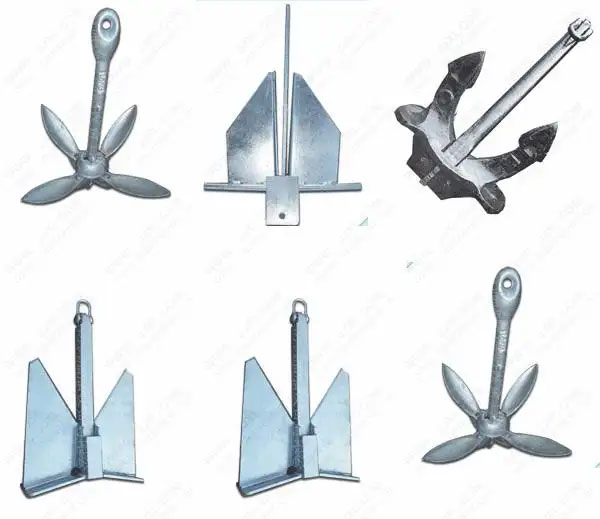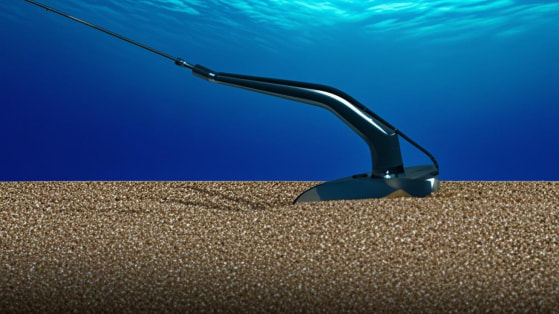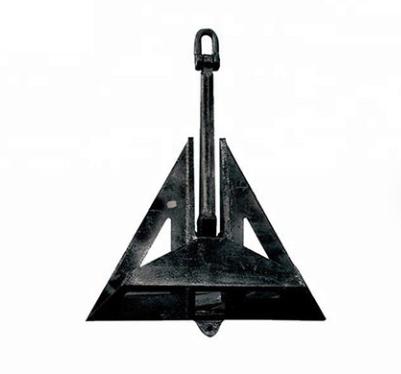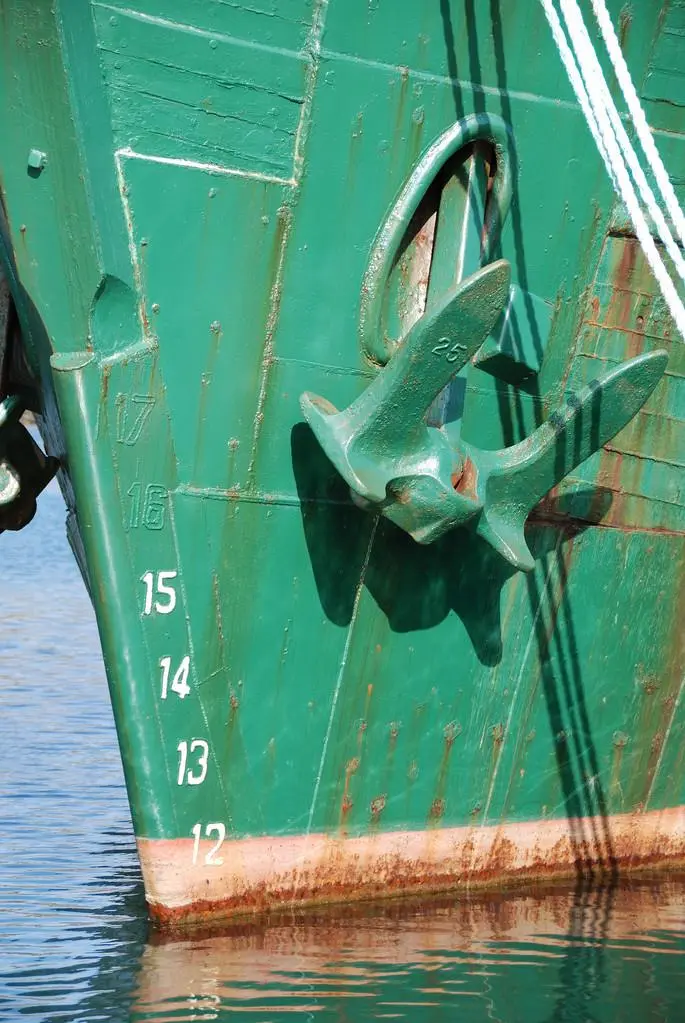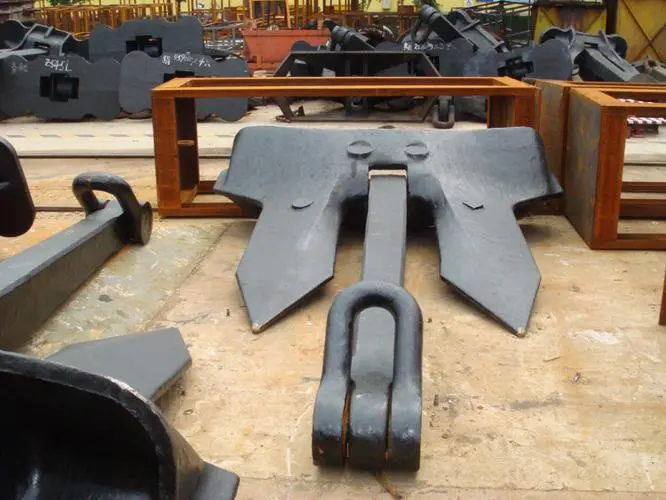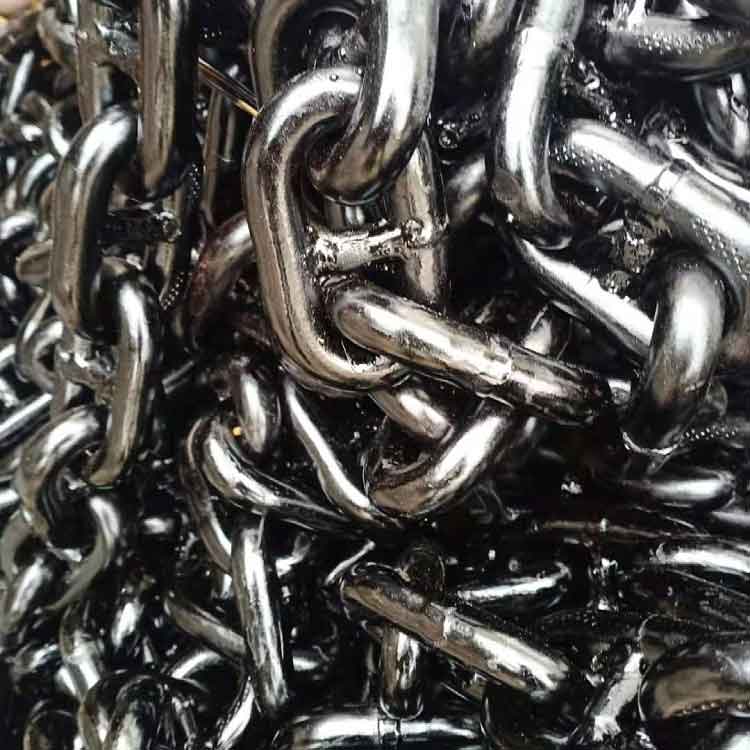Marine Anchors are indispensable safety equipment for ships. Its function is to stabilize the hull so that it will not be taken away by the wind and waves. The principle of using anchors is to throw the anchor into the water, make it embedded in the soil, and connect it to the water bottom with the grip generated by the anchor and the gravity of the anchor chain itself, thus firmly fixing the ship in the reserved position. Anchoring is a common way of berthing to keep the ship safe. However, in daily use, it is inevitable that an accident will happen, an anchoring ship is very easy to drag its anchor. So how to prevent dragging anchors, and how to deal with them when encountering dragging anchors? This article will describe this in detail.
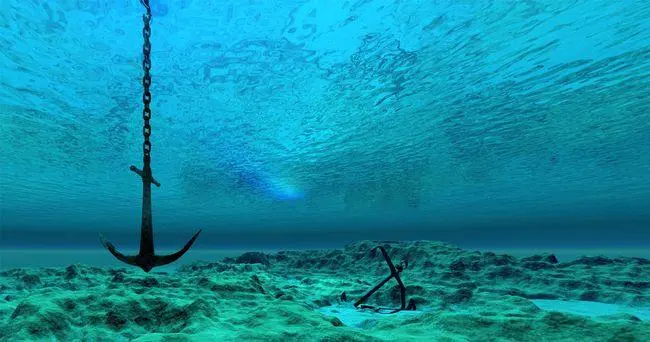
1. How to prevent the ship from dragging anchor?
(1) Choose a suitable anchorage
The anchorage must have sufficient water depth. If the water depth is not enough, the bottom cross-section of the anchored ship will be very small when the tide is high, and the current pressure on the ship will increase exponentially in a short time, resulting in a sharp increase in the force on the ship.
The bottom quality of the sea bottom is an important factor in whether the anchor can have enough grip, the best grip is clay, followed by mud and sand, then the sand bottom is worse, gravel, shells and other worst are not suitable for the ship to anchor for a long time.
The terrain of the seabed will also affect the anchor’s grip, such as relatively steep terrain or uneven terrain, which will adversely affect the anchor’s grip.
(2) Use the correct anchoring method
Improper operation will also increase the probability of anchor dragging. Such as not enough backing speed when anchoring, too fast loosening the chain when anchoring, too short out of the chain or anchor chain piling up, etc., which may make the anchor cannot firmly grip the bottom. And once there is strong wind and rapid current, it is very easy to drag anchor.
Try to anchor in the downwind of other anchoring boats or the back of other boats, because if the wind or the front of other boats, once the operation is improper, it is easy to form an urgent situation. If you have no choice but to anchor in front of the wind and other boats, make sure to leave enough safety margin for safety.
Before the arrival of strong wind and waves, the length of the anchor chain can be appropriately increased. And also can choose to throw double anchor or throw stop anchor, increase the draft of the ship, reduce the draft difference or increase the first inclination of the ship, and use the side thruster appropriately.
(3) Strengthen daily observation
The ship should do the maintenance of the equipment on board and make it in good condition. The meteorological and hydrological conditions at the time should be analyzed, the factors that may cause anchor dragging, and measures to prevent the ship from dragging the anchor should be taken in time. And strengthen the daily observation to measure the ship’s position so as to detect the ship (including the ship and other ships) at the early stage of dragging anchor.
2. How to judge the ship “dragging anchor”?
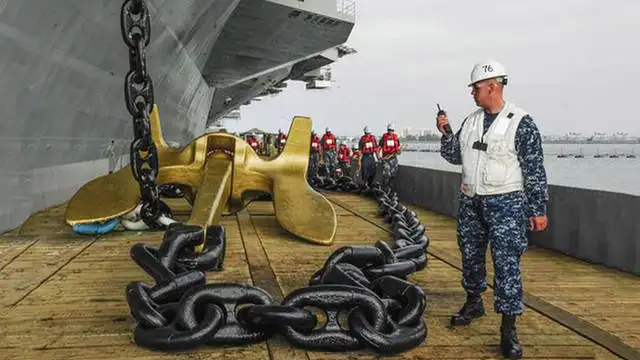
Observation anchor chain judgment method
When the anchor position is normal, if the wind, current and waves are very small, the anchor chain will be basically perpendicular to the sea surface. If the wind, current and waves are large, the direction of the anchor chain should be opposite to the direction of wind, current and waves, and the angle between the anchor chain and the water surface also changes, sometimes big and sometimes small. That is to say, the degree of anchor chain force is different at any time, and usually the anchor chain will appear regularly tight and loose. When the anchor is dragging, the anchor chain is continuously stressed, no more tightening and loosening, the angle between the anchor chain and the water surface varies little, and the ship will have vibration.
Observation and judgment method of anchoring bow direction
When the anchorage position is normal, if the wind, current and wave action is very small, the bow deflection angle is very small. If wind, current and wave are large, the bow deflection angle increases and the change of bow direction is basically in accordance with the law of sine and cosine function. When anchor dragging, the bow deflection angle will be small, or even not deflected, and the moored ship will have a continuous backward speed.
Using anchor ship position judgment method
Under normal conditions, when the wind, current and wave action are small, the change of anchor ship position is small or even absent. When the wind, current and wave action are large, the position of the anchored ship changes regularly, basically in the shape of a horizontal figure eight (“∞” type). When dragging anchor, then the ship position change rule is basically (“?”) type, or the general trend changes to the direction of wind, current and wave cooperation force, and the ship position change rule is “S” type.
Using COG and SOG judgment methods in GPS
Using the COG (heading to ground) and SOG (speed to ground) data provided by the GPS (Global Positioning System) receiver of the mooring ship, we can judge whether the mooring ship is dragging anchor or not. When the anchor position is normal, when the wind, current and wave action is small, the change of COG will be small, and SOG will also be small or equal to zero, generally not more than 0.1kn. When the wind and wave action is large, the COG data will keep changing, and generally there is no rule, but SOG will vary with the intensity of the ship deflection, and the value size is not consistent. When the anchor dragging, the COG data will be basically stable in a small range, and the SOG is also stable.
Measure the bearing and distance of the shore mark judgment method
When the anchor position is normal, the azimuth and distance of the same object on the shore measured by the ship should change very little, because the actual position of the ship is affected by the wind and current. Of course, the distance between the object mark and the ship is required to be relatively large, and the object mark in the bow and stern direction cannot be used. When the anchor is moving, the azimuth of the object measured on the ship will continue to increase or decrease, and the distance between the ship and the object will continue to increase or decrease accordingly.
Set up regular warning circle judgment method
Normally, the ship’s position should be within a circular warning circle with the anchor position as the center, and the sum of the chain’s length and the ship’s length as the radius. If the ship’s position exceeds the warning circle, the anchor may be dragging. Usually, the ship position here refers to the position obtained by the ship’s GPS receiver, and the anchor position refers to the GPS ship position at the moment of anchoring.
3. What should I do if the “dragging anchor” occurs?
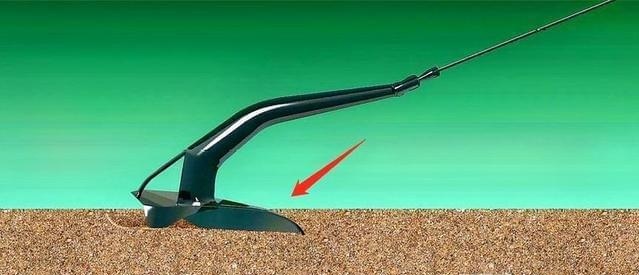
(1) Once the anchor is dragging, the captain should use good boating skills to throw double anchors or choose to re-anchor after the main engine is ready, so as to prevent the ship from running aground and colliding due to the excessive distance from the anchor.
(2) Hang and sound “Y” signal or use VHF and other communication means to warn other ships in time to report to the traffic control center in time.
(3) When the situation is urgent or time is not allowed to winch up the anchor chain, you should attach the anchor mark, loosen the anchor chain and abandon the anchor to the sea.
In the daily use of marine anchors, we should strengthen our understanding of the anchor and avoid the situation of dragging anchor. However, even if the marine anchor is dragging, don’t panic and take the correct approach to avoid greater losses. If you still have any questions about this, please feel free to contact us. As an expert in marine equipment, Boomarine will help you learn more about marine equipment.


